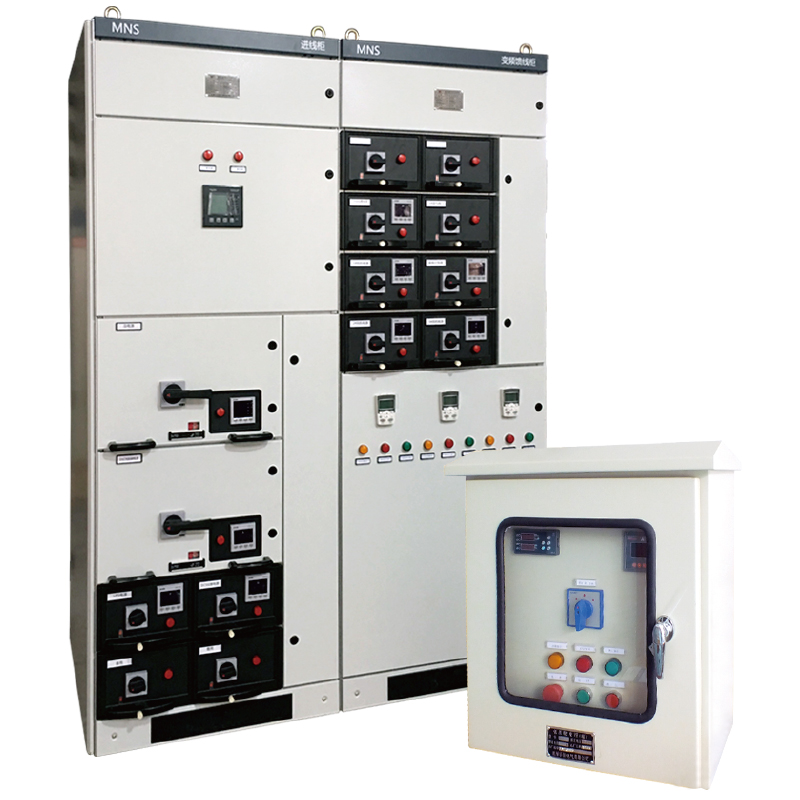Integrating Cross Locks and Hinges in Electrical Cabinet Design: A Comprehensive Approach
In the realm of electrical cabinet design, functionality and safety are paramount. Two key components that play a pivotal role in achieving these objectives are cross locks and hinges. These seemingly simple elements contribute significantly to the overall performance, durability, and accessibility of cabinets.
Cross locks, often referred to as interlocking mechanisms, are essential for preventing unauthorized access. They ensure that the cabinet remains securely closed when not in use, protecting sensitive electronic components from dust, moisture, and potential tampering. By integrating cross locks into the cabinet’s structure, designers can enforce a robust security system that complies with industry standards and regulations. The placement and design of these locks should be carefully considered, ensuring they do not hinder ease of operation or maintenance.
Hinges, on the other hand, provide the flexibility needed for cabinet doors to open smoothly and efficiently. High-quality hinges reduce wear and tear over time, minimizing the risk of door sagging or damage. In addition, adjustable hinges allow for fine-tuning of the opening angle, enabling optimal viewing angles for technicians while maintaining a compact footprint. Self-closing hinges also contribute to energy efficiency by automatically closing the door after use.
The integration of both cross locks and hinges requires a harmonious bl end of engineering principles. Proper coordination ensures that the locking mechanism works seamlessly with the hinge, preventing accidental lock activation during door movement. Moreover, the choice of materials is crucial, as they must withstand high temperatures, humidity, and electromagnetic interference without compromising their functionality.
end of engineering principles. Proper coordination ensures that the locking mechanism works seamlessly with the hinge, preventing accidental lock activation during door movement. Moreover, the choice of materials is crucial, as they must withstand high temperatures, humidity, and electromagnetic interference without compromising their functionality.
In conclusion, integrating cross locks and hinges in electrical cabinet design is an intricate process that demands precision and attention to detail. It’s about striking a balance between security, accessibility, and durability. As technology evolves, so too must these design elements, adapting to meet the ever-increasing demands of modern electrical systems. By incorporating innovative solutions, designers can create cabinets that not only perform reliably but also enhance workplace safety and operational efficiency.